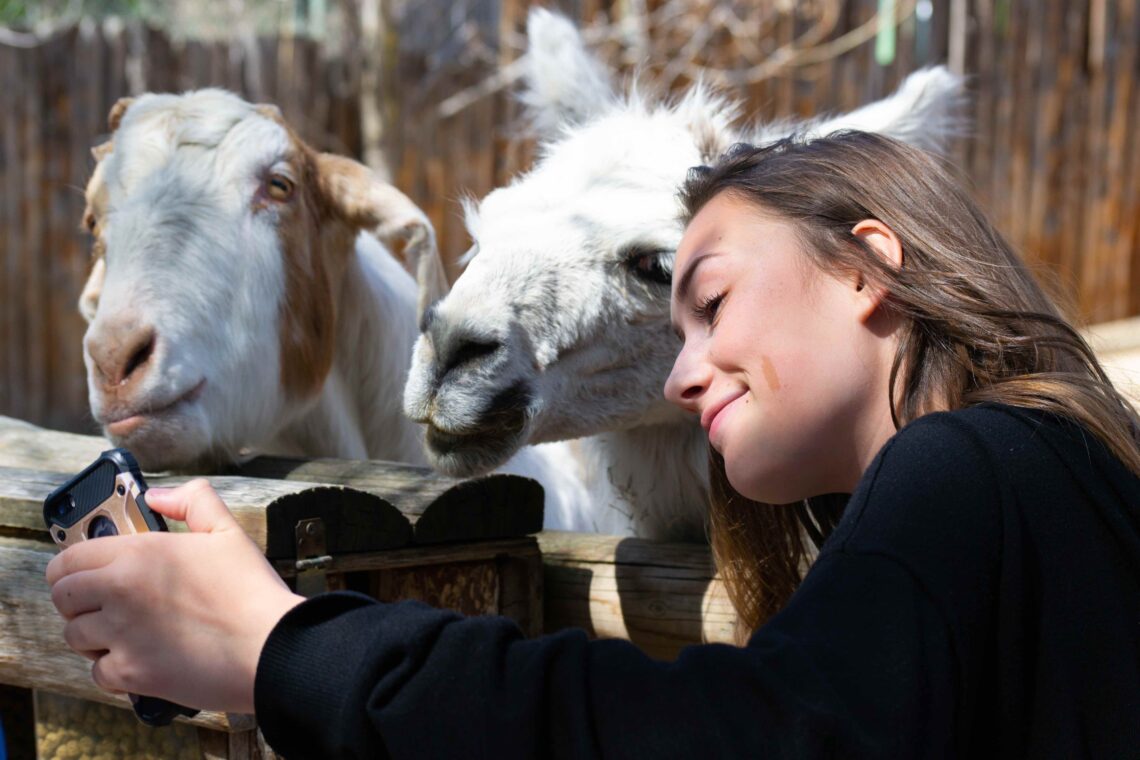
Behind the selfie: Is your vanity worth the cost of an animal’s life?
A selfie with a cute baby tiger is sure to get lots of likes on Instagram, and so is a picture of an elephant ride in Thailand. Wildlife tourism is not a new phenomenon, but the rise of social media platforms and the powerful influence of Instagram have given the industry some major visibility in the past decade.
On the surface, it may seem like everything is fine, but animals are often trained to behave a certain way for human gratification. Beneath the perfectly timed animal selfie lies a mountain of unfair practices and conditions. Many tourists who post pictures with exotic animals are unaware of the cruelty that occurs behind the scenes.
A brief history of the Thai elephant experience
According to National Geographic, there are approximately 3,800 captive elephants in Thailand, with the vast majority belonging to the tourism industry. Historically, Thailand used elephants for logging and other various forms of human work. The Thai government banned logging in 1989, which meant that elephants and their caretakers, also known as mahouts, were forced to go into the cities and beg for money.
Ploy Hotrawaisaya, a student at the Graduate School of Asia-Pacific Studies, has memories of street elephants from her youth in Thailand. “When I was little, mahouts would walk the streets with elephants and try and sell bananas to tourists and others walking by. I would see these mahouts with their elephants and bananas and ask my dad if we could buy a banana to feed them,” she says. “This sneaky business worked not only for tourists but for citizens as well.”
In 2004, the Thai government stepped in to try to take the elephants off the streets and return them to the countryside. The commercial tourism industry took off as a result, and elephants were used alternatively for entertainment purposes such as rides, circus shows, and performances. Although this provided safer living conditions for the mahouts and their elephants, mahouts were trapped in a cycle of poverty as wealthy camp owners exploited them for their own economic gain.
Today, Thailand’s tourism industry accounts for about one-fifth of its gross domestic product. Elephants are chained in stables, forced to perform tricks on demand, and hit with a spike or hook if they don’t comply to their mahout’s demands. Mahouts can’t always treat elephants the way they want because they need to follow the rules of their employers at elephant camps in order to keep their livelihoods.
Supporting real sanctuaries
It can be quite challenging to understand the difference between sanctuaries that are truly invested in the welfare of animals and the people who work with them, compared to venues that market their business as a “sanctuary,” but are more concerned with profit than humane care.
There are a few things to consider before visiting a sanctuary in order to distinguish whether or not it is ethical. First of all, pay attention to their housing. Is the area natural and are the animals able to roam freely? If the area contains concrete, cramped pens, and chain-link fences, then these venues should be flagged.
Another way to tell if a sanctuary is genuine is by making sure that enrichments are being offered. Physical stimulation such as climbing structures, large fields to graze, and ponds for bathing are very important. According to PETA, animals should also be placed with companions of the same species in order to promote emotional stimulation and allow them to form relationships. It is also critical to look for a sanctuary that has a no-breeding policy. True sanctuaries will be concerned about saving their resources for animals who need rescue.
Finally, ensure that the facility has been accredited by the Global Federation of Animal Sanctuaries. GFAS is a non-profit group which provides certification for animal sanctuaries to become accredited. They follow a strict protocol when it comes to approving sanctuaries and their mission is “helping sanctuaries help animals.”
The future of wildlife tourism
On a more hopeful note, ethical sanctuaries in Thailand such as the Mahouts Elephant Foundation are doing their best to create a safe place for elephants and mahouts without compromising their welfare. The organization works with mahouts to provide the support needed to keep elephants with them in their villages. Without these resources, mahouts risk selling their elephants or leaving their communities to find alternative work in larger cities.
It will take many small incremental changes in order to make a difference. Allowing animals to have more time to roam, meeting their basic needs, and using positive reinforcement methods instead of disciplining the elephants with abuse are a few ways to help shift the industry.
Venues such as ChangChill in Thailand have worked with World Animal Protection to create a less invasive tourist experience. Mahouts are trained to become storytellers— sharing their passion and knowledge with visitors. The elephants are also kept behind an infrastructure that prevents guests from touching them.
As a responsible tourist, it is important to use social media to inform others about the negative effects associated with wildlife tourism. Take the time to talk to friends who are posting pictures alongside so-called ‘wild’ animals. Chances are, those animals aren’t ‘wild’ at all.
About the author
Amy is a former reporter for Youth Mind. She is passionate about oat milk lattes, any film featuring Adam Driver, and tending to her tiny indoor Basil garden.







